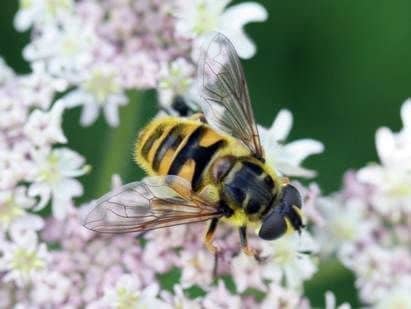
For the apiary, an elevated dry place, a sloping southern or southeastern slope (up to 5 њ), the edge of the garden, is best suited, so that the plantations protect the apiary from the northern winds. Accommodation of beehives to the southeast by pilots facilitates earlier flight of bees for a bribe – this is caused by their morning sun rays. The apiary needs to be surrounded by a high hedge or, much better, a living wall of honey plants: acacia, currant, gooseberry, raspberry, cherry, etc. Do not place it in a wet place. Because of the high humidity of the spring, the hives in the hives will be damp and cold, and this will delay the development of the brood.
Do not put bee colonies near rivers, ponds, lakes. When the wind during a flight through water bodies, many bees die. In addition, dampness in the spring and frequent fogs worsen the development of families and lead to various diseases. Set it better so that the honeycombs were no more than one or two kilometers from the apiary. Bees, who will have to fly for a bribe beyond three kilometers, spend on food 50% of the collected nectar.
Some beekeepers keep bees in pavilions, the walls of which are made of thin intertwined rods and coated with clay or from thin boards (they are covered with tar, slate). The size of the pavilion depends on the design and number of hives that are placed along the southern longitudinal wall in one or two rows. I also keep bees in this pavilion. Opposite each tap-hole, I slit a slot and paint the outer part of the wall in different colors. If the hives are low (dadan with extensions), they can be placed in two rows. The top row I lift by 60-80 cm from the bottom – so it is more convenient to work.
Behind there is a passage through which it is possible to freely carry additional enclosures. Near the back wall of the pavilion I place cabinets and shelves for storage of spare frames with honeycombs and other equipment.
Семья из нуклеусов. Как выделывают шкуру крс.
The bee family and its composition